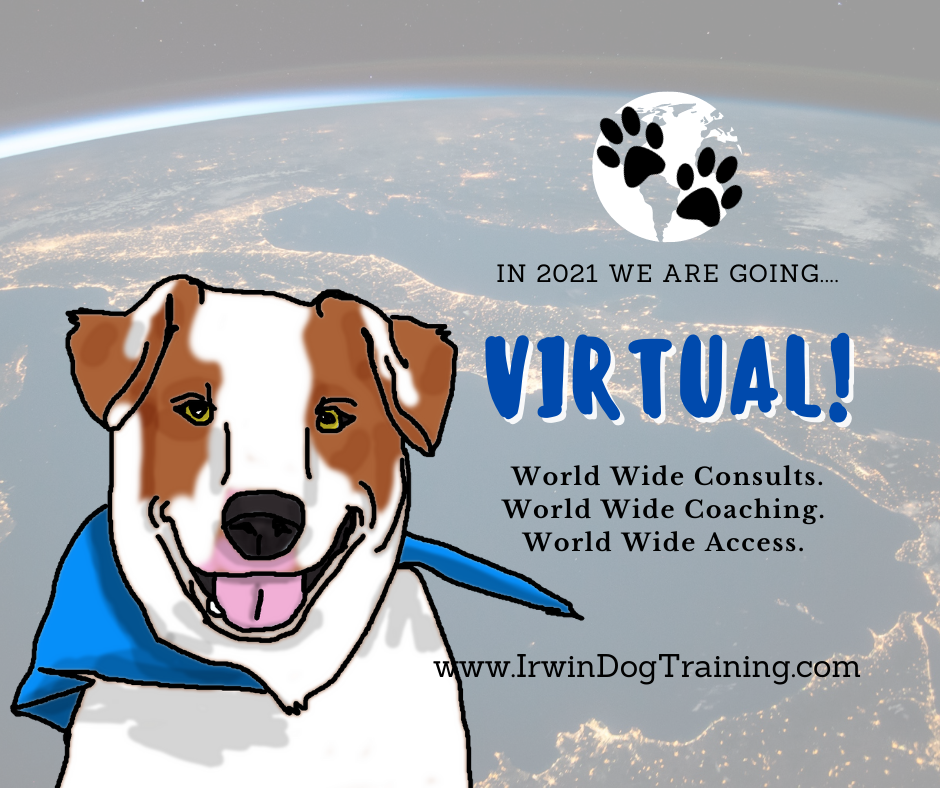“Dear Pine, I have a new dog I adopted from the local shelter that I’ve had for about a week. His biggest behavioral issue is that he LOVES other dogs. He sniffs my other dogs and wants to get in their space, which my smaller/older guys don’t appreciate. I’ve so far successfully worked on making sure he treats the other dogs (who are about 10lbs…
Why I No Longer Care About Having an Obedient Dog
So often I have people reach out to me for training and they are simply looking for “Basic obedience.” And over the years my definition of what that entails has grown, changed and evolved with my own skill and understanding. And over the last couple of years I have come to conclusion I no longer care about having an obedient dog, and I do not…
Ready! Set! Launch!
If you have been on my facebook page recently, you will have seen my announcement that I was launching a Patreon. For those not in the know a patreon is a modern way for people to be patrons of the arts (and other things.) This is a way for every day people to patron people who are making quality content of all sorts. These can…
Checking My Ego: Lessons in No
Checking My Ego: Lessons in No. Today I had to check my ego. I went to visit my horse, Ben, and I had every intention of riding. It had been a week or more since I had seen him. My schedule is intense, and my efforts to continue to build my online business to make more time are going slow at the moment. This leaves…
Dogs vs Backyard Dinosaurs
Dogs vs. Backyard Dinosaurs: Keeping pet chickens safe with dogs This past week the rescue I work with was contacted by two different people to take in dogs who were attacking/harassing/killing chickens. We were able to help them thankfully, but in reflection I feel very sad for these two otherwise delightfully sweet dogs. They were simply doing what dogs do. With the pandemic came a…

Dog Training via the Internet
What do you mean we’re doing this virtually? Things changed a lot over the last year. And that meant having to change with it. Perhaps it is a silver lining in all of this, that I was forced to move more virtual with my work during the pandemic, because it had been a long term goal of mine for a while. “Wait, you WANTED to…
Easy Homemade Training Treats
Like most people who train through positive reinforcement, I use a lot of training treats. Doubly so because I am often using them for client’s dogs etc. That means my treat budget is pretty extensive compared to a lot of my other expenses. And as we all know the best treats with the best ingredients are kind of expensive. Another concern is for dogs who…
Better Version of Yourself
I think there are a lot of things we over look in working with dogs; everything from the importance of knowing when to stop, the idea of cutting yourself some slack, the idea of loving the dog you’re with etc. All of these are things other people have covered (often times better than I could myself) or things I mean to write about but get…
Hikerhund: What to do when you’re stuck in a Quarantine
I’ve been a fan of the post-apocolyptic genre of film and literature for years. It was always an escapism sort of thing for me, a “what if…” Living now in an age of corona virus and actually facing a need to isolate and ride out the storm… I am not really entertained. The dogs are even less amused. For those that do not know me,…

Hikerhund: Clean Slate Principle
Forgive and Forget. These are words to live by, they apply to a lot of situations in life, and they apply to dog training. As trainers, or handlers, we have a tendency to expect perfection from ourselves, and occasionally from our dogs. We have all had that day where it seems nothing goes right, and while Fido has performed this particular command 600 times with…